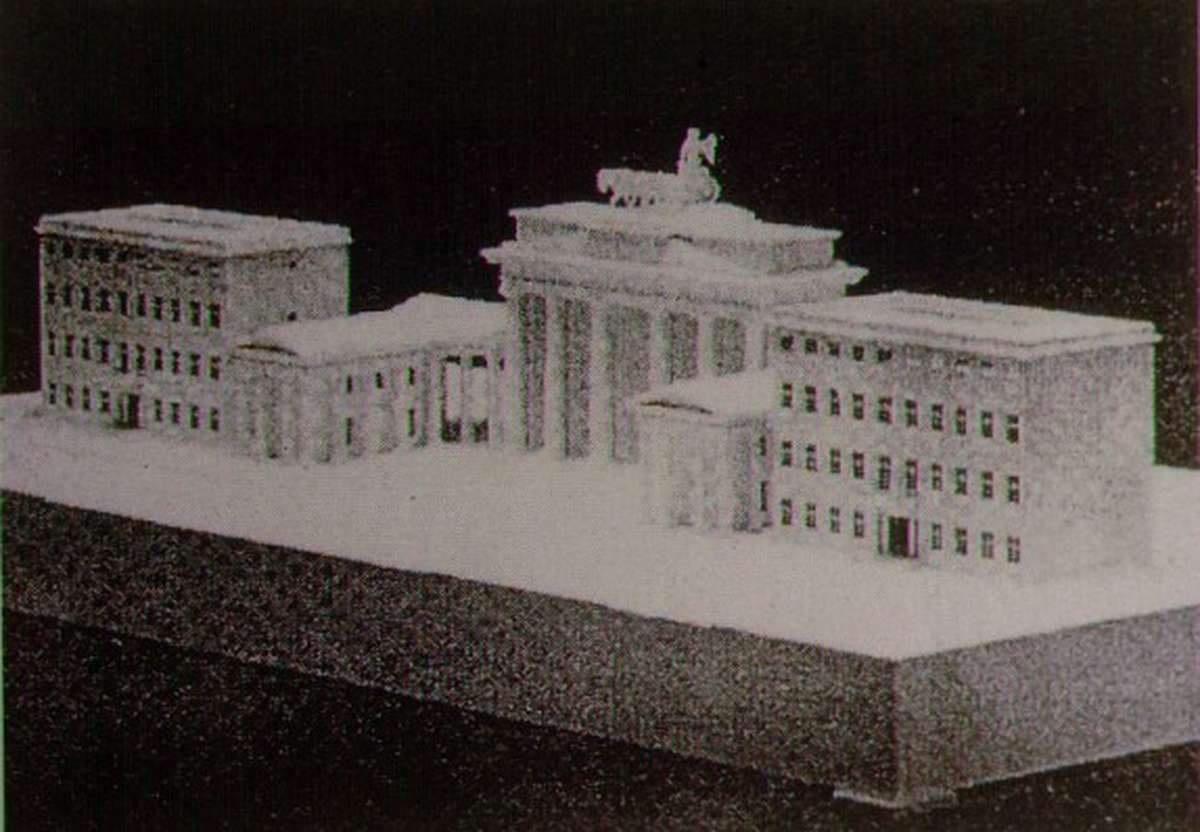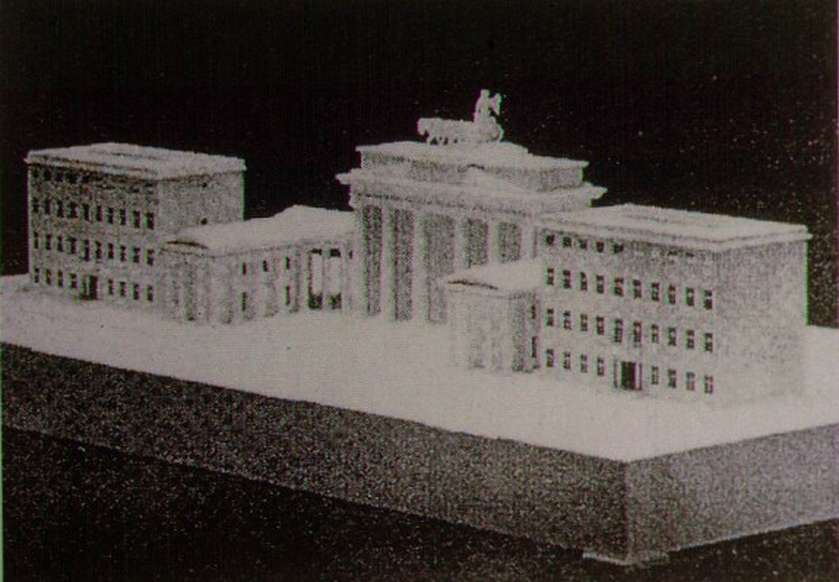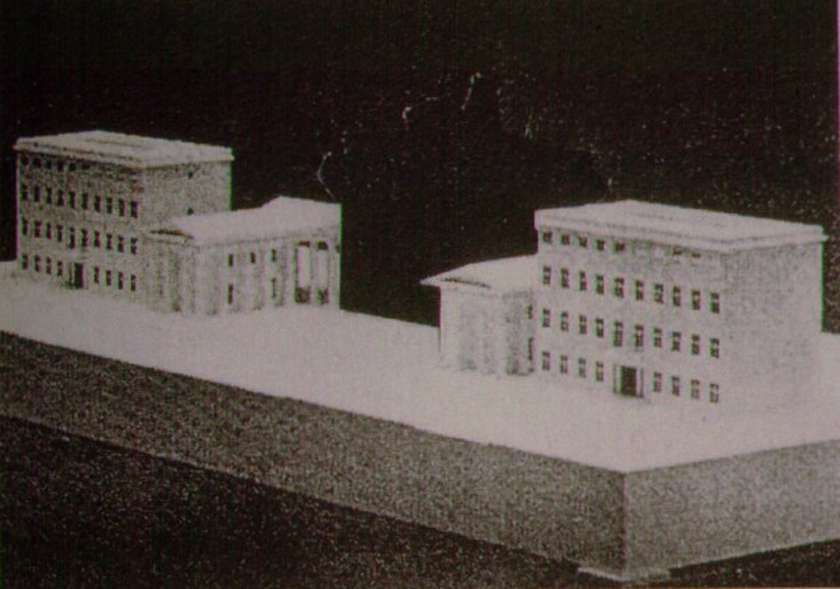Idea by
Catarina Louza
Call for ideas 2017
The Form of Celebration: An Absent Memorial
The Form of Celebration: An Absent Memorial

Why can’t we hold on to an empty space? The simple yet radical concept of celebrating through the absence of a referential piece questions the representation of memory in post-conflict situations. The historical context provided to an architectural commemoration work fights directly with the displacement of the conceptual installation that marks the ambivalence of its celebration.
The traditional form of a monument or memorial does not challenge the typical, cultural and public space intervention in a city. Perhaps instead of granting a figurative reaction, the territory should allow for a different type of intervention, an absent one: a vanished representation that emancipates itself from its positive, frolic form.
The idea of an Absent Memorial does not evoke the removal of meaning but instead tries to isolate the structural essence of a commemoration piece, avoiding a redemptive or uplifting grasp of it and crossing boundaries in the architectural discourse of celebration form.

Horst Hoheisel’s proposal for the 1995 competition for Germany’s National Memorial to the Murdered Jews of Europe as a primitive concept for the idea of an Absent Memorial. The proposal submitted to jury revealed the provoking theory of destroying Berlin’s Brandenburg Gate, a german national symbol to the Nazis, grind it into dust and sprinkle its remains over its former site and cover the area destined for the memorial with granite plates.

The radical approach of Hoheisel’s proposal engages in the architectural debate over a monument’s ability to perceive the value of memory in a post-conflict situation. It embodies the impossible questions over a memorial’s process both in form and idea - the unthinkable concept of a conflict situation being celebrated by the absence of a figurative memory.
The Form of Celebration: An Absent Memorial
The Form of Celebration: An Absent Memorial

Why can’t we hold on to an empty space? The simple yet radical concept of celebrating through the absence of a referential piece questions the representation of memory in post-conflict situations. The historical context provided to an architectural commemoration work fights directly with the displacement of the conceptual installation that marks the ambivalence of its celebration.
The traditional form of a monument or memorial does not challenge the typical, cultural and public space intervention in a city. Perhaps instead of granting a figurative reaction, the territory should allow for a different type of intervention, an absent one: a vanished representation that emancipates itself from its positive, frolic form.
The idea of an Absent Memorial does not evoke the removal of meaning but instead tries to isolate the structural essence of a commemoration piece, avoiding a redemptive or uplifting grasp of it and crossing boundaries in the architectural discourse of celebration form.

Horst Hoheisel’s proposal for the 1995 competition for Germany’s National Memorial to the Murdered Jews of Europe as a primitive concept for the idea of an Absent Memorial. The proposal submitted to jury revealed the provoking theory of destroying Berlin’s Brandenburg Gate, a german national symbol to the Nazis, grind it into dust and sprinkle its remains over its former site and cover the area destined for the memorial with granite plates.

The radical approach of Hoheisel’s proposal engages in the architectural debate over a monument’s ability to perceive the value of memory in a post-conflict situation. It embodies the impossible questions over a memorial’s process both in form and idea - the unthinkable concept of a conflict situation being celebrated by the absence of a figurative memory.